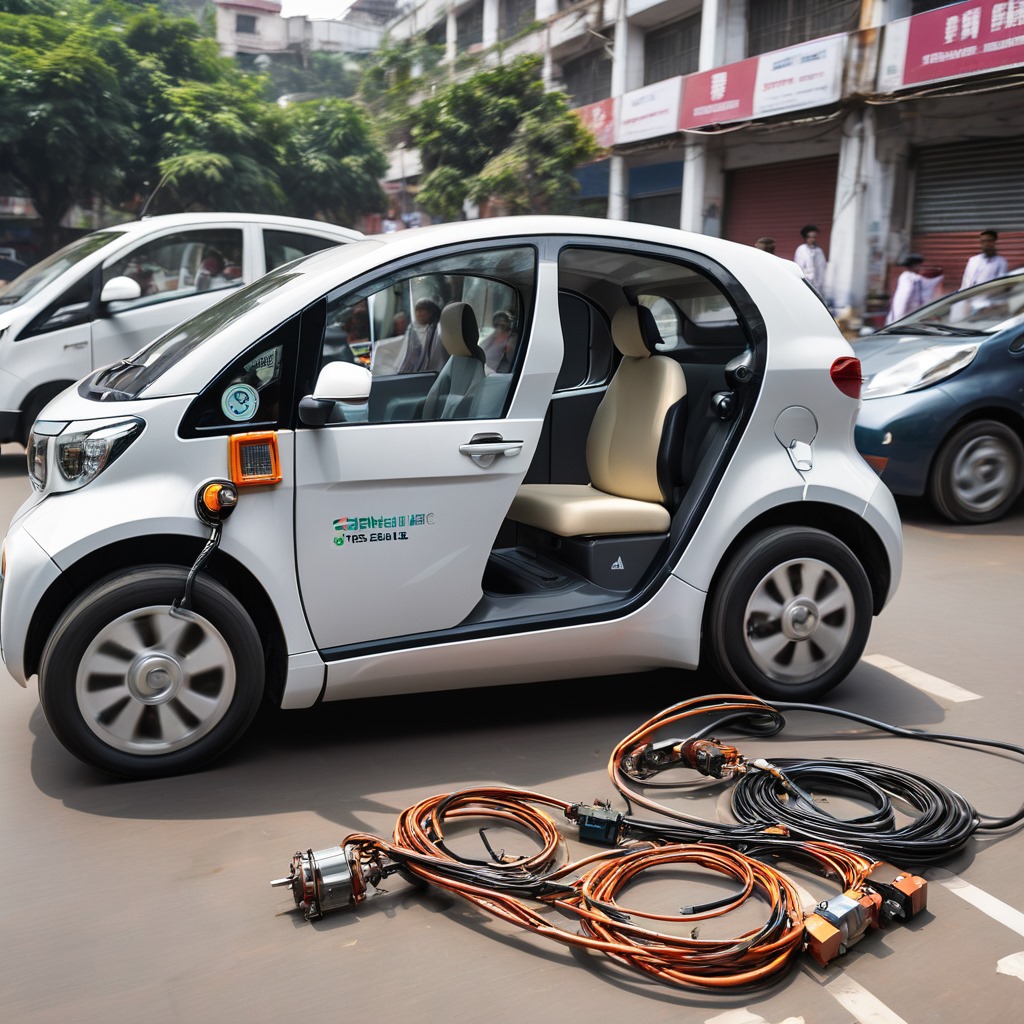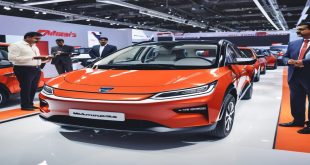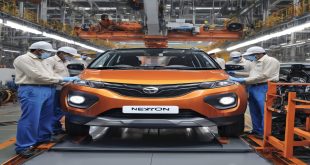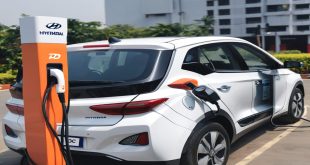India’s growing electric vehicle (EV) market faces both opportunities and challenges as a result of China’s dominance in the electric motor industry. In order to break China’s monopoly and develop domestic capacity for the production of electric motors India must move quickly to accelerate its shift to sustainable mobility. This article explores possible strategies and programs that could help India become an independent producer of electric motors lowering its reliance on imports and promoting technological advancement.
Formulating Research and Development (R&D) Projects:
India must give research and development (R&D) funding top priority in order to create innovative motor designs and manufacturing techniques that can rival Chinas electric motor technology. Establishing innovation ecosystems geared toward the advancement of electric motor technology can be facilitated by partnerships amongst government agencies academic institutions and industry stakeholders. India can paves the way for advancements in motor performance efficiency and economy by developing its own research capacity.
Promoting Home Production:
Incentives and policies from the government are essential for encouraging domestic manufacture of electric motors. Subsidies tax breaks and preferential procurement practices are a few examples of policies that can motivate domestic producers to engage in the production of electric motors. Furthermore, programs like the Production-Linked Incentive (PLI) scheme can give money to businesses that make electric motors which will boost the industry’s competitiveness and growth.

Fostering Training and Skill Development:
To establish a strong ecosystem for the production of electric motors a skilled labor force is crucial. Training programs for engineers technicians and assembly line workers are among the skill development initiatives that India should give priority to as they are specifically designed to meet the needs of the electric motor industry. Partnerships with industry associations and vocational training centres can help close the skills gap and guarantee a consistent flow of competent workers to support the expansion of domestic manufacturing.
Promoting Clusters and Industry Collaboration:
Industry participants working together can spur efficiency and innovation in the production of electric motors. Knowledge exchange resource pooling and economies of scale can be facilitated by the establishment of industry clusters or manufacturing zones devoted to the production of electric motors. India can facilitate the development and adoption of domestic electric motor technologies more quickly by establishing partnerships between suppliers manufacturers and research institutions.
Supply chain and infrastructure investment:
The success of electric motor manufacturing in India depends on a strong supply chain ecosystem and infrastructure. The competitiveness and efficiency of domestic production can be increased by investments in infrastructure such as manufacturing plants distribution networks and testing facilities. Moreover, localization of components and raw materials can help to fortify the supply chain lessen reliance on imports and increase the resilience of the homegrown electric motor sector.
Utilizing International Collaborations and Partnerships:
India can obtain cutting-edge technologies market intelligence and best practices in the production of electric motors by utilizing global alliances and partnerships. Technology transfer cooperative R&D projects and knowledge exchange can be facilitated by partnerships with top international manufacturers and research centers. This will quicken the rate of innovation and boost India’s competitiveness in the world market for electric motors.
Conclusion:
A coordinated effort involving government assistance industry cooperation and research and development expenditures is needed to end China’s monopoly on electric motors. India can position itself as a major player in the production of electric motors by giving priority to programs that encourage local production advance skill development encourage industry collaboration invest in infrastructure and take advantage of international alliances. India can accelerate economic growth and technological innovation in the electric mobility sector lessen its reliance on imports and contribute to a more sustainable and independent future by taking a calculated approach and working together. .



